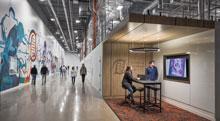
Data Collection and Space Design
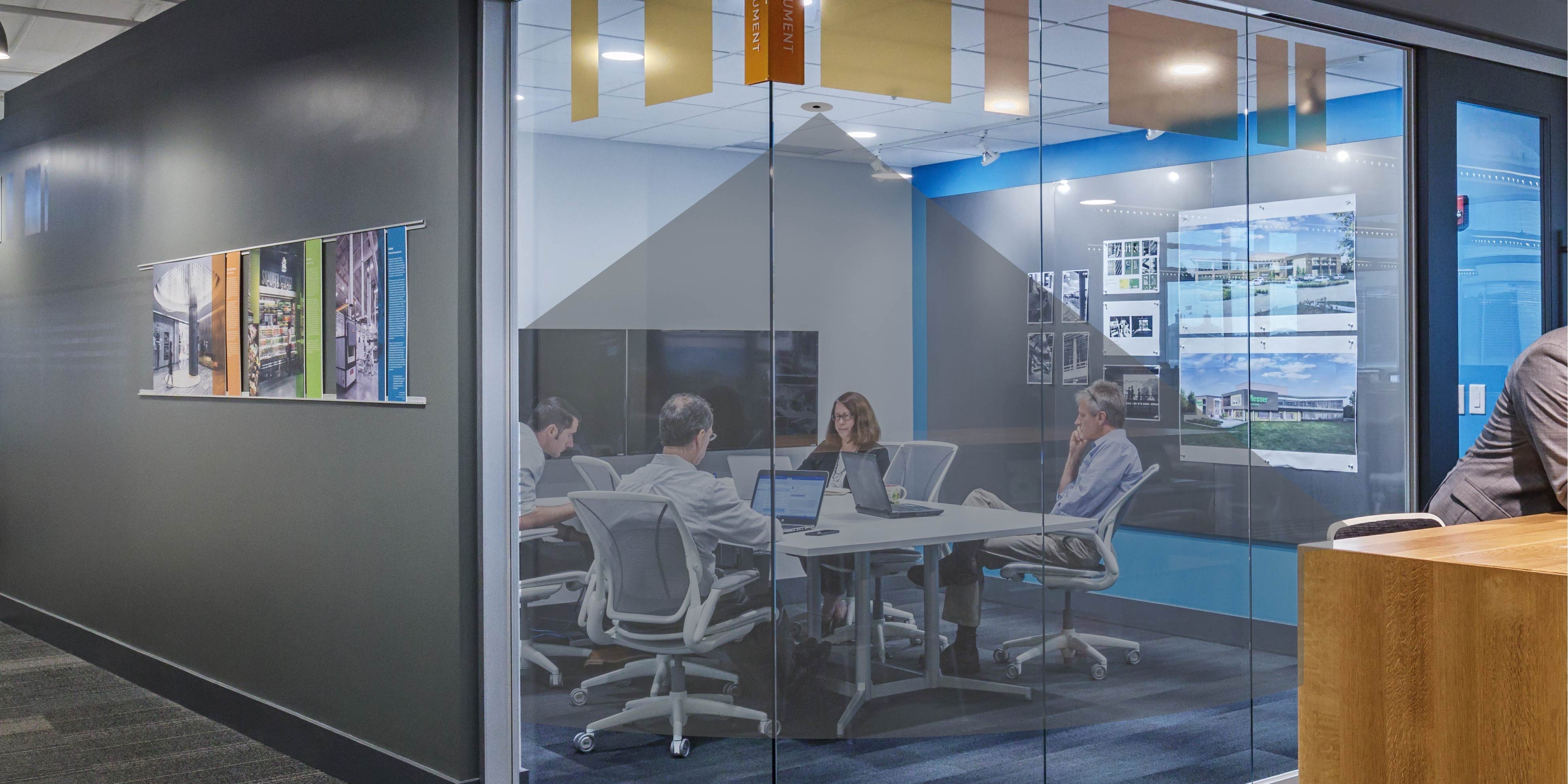
An Essential Pairing for Today’s Businesses?
The dynamic of design is a multi-layered process. Business executives who are developing newly constructed or renovated office space will certainly focus on the aesthetics—rooms that are visually appealing, trendy, inviting, and comfortable. But it is often what happens within a given space that dictates how a room should look, feel, and function. Studies indicate that when these factors are taken into consideration, workspace can have a positive impact on creating an engaging culture, increasing staff productivity and enhancing employees’ overall perceptions of the company and workplace.
Conversely, an ill-designed space will work against any staff and company, at both an obvious and subliminal level. As real estate costs escalate and interest in space optimization gain greater attention across the country, today’s leaders know their current workspaces need to be able to perform at their most effective capacities if they are going to save money and achieve company goals.
With ongoing advancements in technology, the elements of design are becoming more of a science than they are an art. Data collection and analytics are helping executives to better understand the nuances of their workspaces, sometimes before they even exist. This phenomenon occurs through the use of digital devices that are in and of themselves designed to monitor and record activity within a space to predict design appropriateness. Combining the artistic expertise of an architect with the analytical evidence provided by these machines may be where the future of design creativity flourishes—that is, for those organizations willing to place a certain level of trust in the available technology.
Use and misuse of space
How companies use a space and the objects within it is easily enough defined. People sit in chairs. They gather around tables. They are positioned in front of screens. It’s the misuse of a space that can be tougher to identify or anticipate during design phases. A room may have the most comfortable furniture available. The wall-mounted screen might be big enough to cause a Hollywood director to blush. But what if that furniture can’t be positioned to allow everyone in the room to view that screen together? Why spend money on a table and chair set that sits six people in a room where no more than four people routinely gather? There are many offices and conference rooms that can’t contain all their furnishings and all the staff members typically necessary to be present in that space. In these instances, employees may find themselves wasting time (and risking injury) removing heavy furniture from a room in order to fit all colleagues into a meeting. Or people may be seated around a table that’s not big enough to fit everyone’s laptops, causing some people to sit with their devices literally in their laps. While this might suit the inherent nature of these devices, it can cause a lack of engagement among staff if people can’t comfortably sit and look at each other while they chat.
A recent case study showed that 40 percent of conference room seats can be eliminated, saving some 14,000 square feet of conference space and reallocating for more rooms and additional common spaces. This utilization is affected by many different factors beyond size, including location, ownership, room name, technology, and ambiance. For example, research shows that lighting, an important consideration with any room’s design, can impact mood, alertness, and other biological effects. A space that is too bright can be just as distracting as a space that is too dark.
Predict space utilization with technology
Focus groups and surveys are traditional means of conducting research, and they continue to have significance. However, there is a reliance on asking the best questions with these methods, and preconceived notions among participants can impact and potentially skew collected evidence. Today’s technology offers more novel options for executives to glean information, including wireless ceiling-mounted devices equipped with sensors that monitor and record how people interact with their environments. These sensors, which use machine learning and artificial intelligence (see AI section below) to evaluate the behaviors and postures of those occupying a space, can identify engagement and productivity for purposes of determining usage of space. This “crowd learning,” when combined with traditional research and actual observation is becoming a more indicative means of preparing designed space. For instance, a non-engaged, distracted, or uncomfortable individual may be often seen to be scanning the room instead of focusing on someone or on a screen, something that the sensors can detect. Then there are instances in which the monitoring of a non-active space can be telling. Conference rooms located near a human resources suite may not be considered as “welcoming” as other locations in a building. These rooms may not get much occupancy, and therefore may be more appropriately located elsewhere. Other key questions that this technology can address include: Where are employees gathering? Are there enough individual spaces versus meeting spaces? What is the usage of a space versus its capacity?
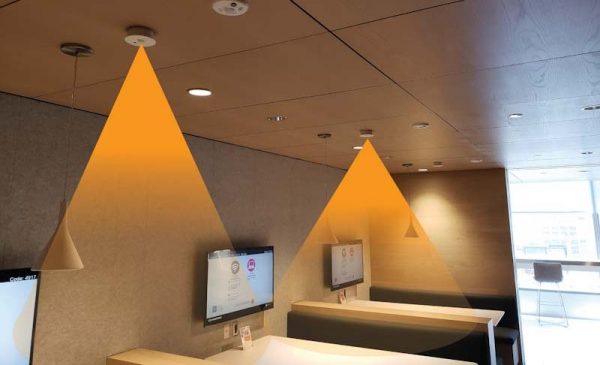
Sensors over workstations collect data to understand and predict space utilization
Sensors can accumulate information about the utilization of space to accurately measure such metrics as total average occupancy to typical thermostat settings, and crowd-learning data have proven to be most effective when data is collected over long periods of time.
Trusting technology
We are still at a point in time where society’s “digital natives,” those born into a digital technology-driven world, are far outnumbered by older generations of business professionals. As such, a mistrust and potentially outright fear of technology still exists. Make no mistake. Any organization that engages in data collection on their employees, customers, or any other constituents must instill and adhere to ethical and legal privacy, security, and other policies that govern the collection and dissemination of data. Some employees may be uncomfortable with the notion that employers can monitor how much time they are not at their individual workstation. But if the data collected are being used to enhance their surroundings and other benefits, the rapid advancement of technology becomes more intimately integrated in our daily lives can help to alleviate concerns.
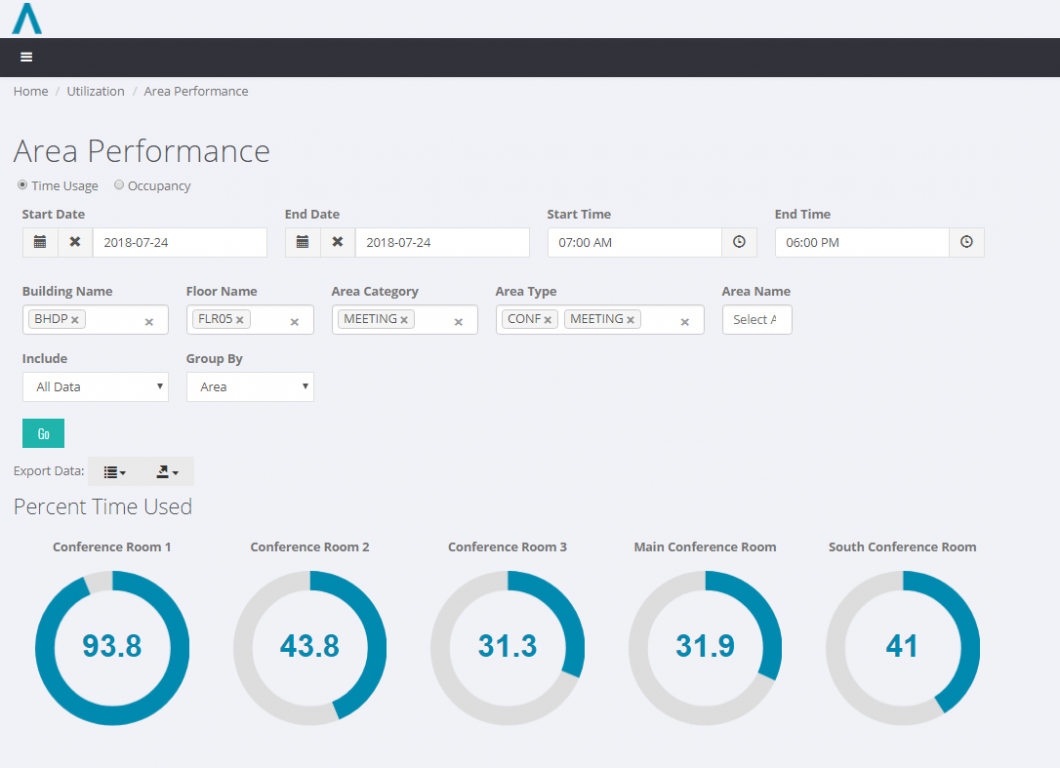
Data collected on an area’s time usage can inform design decisions
Also, business and society are at the onset of learning who actually “owns” collected data, and the growing implementation of 5G connectivity is changing how quickly data can be collected, as well as the actual depth of data that can be collected. As productivity and interconnectivity become increasingly important concepts to any business model, any new facility construction or reconstruction will rely more on technology to predict optimal working conditions. Appropriate data collection and assessment represent important first steps to this “next generation” line of thinking. When married with a shared corporate vision, the final designed space can be a more effective working environment poised to make a significant impact on the company’s future success.
Defining Machine Learning and Artificial Intelligence
Artificial intelligence (AI), is the ability of a computer system to perform an intelligent action that a human otherwise could perform. Examples of AI include a digital calendar deleting a series of Monday meetings that haven’t been attended or reserving conference rooms for those who have frequently utilized certain spaces at certain times, and a cell phone that offers word options as one texts based on previously sent texts. A subset of AI, machine learning is a set of algorithms entered into a system that enables the “machine” to infer information and then perform specific tasks or suggest certain actions based on predictable follow through (for instance, knowing that 27 days has passed since someone purchased a 30-day drug prescription and reordering that prescription). Other examples of machine learning include voice recognition, such as when a bank’s automated answering service allows access to an account through spoken words over the phone or speaking into a cell phone to create text messages; automated fraud alerts that are generated when spending patterns on a credit card are abnormal; and web-streaming services that suggest interesting movies to watch based on viewing habits.
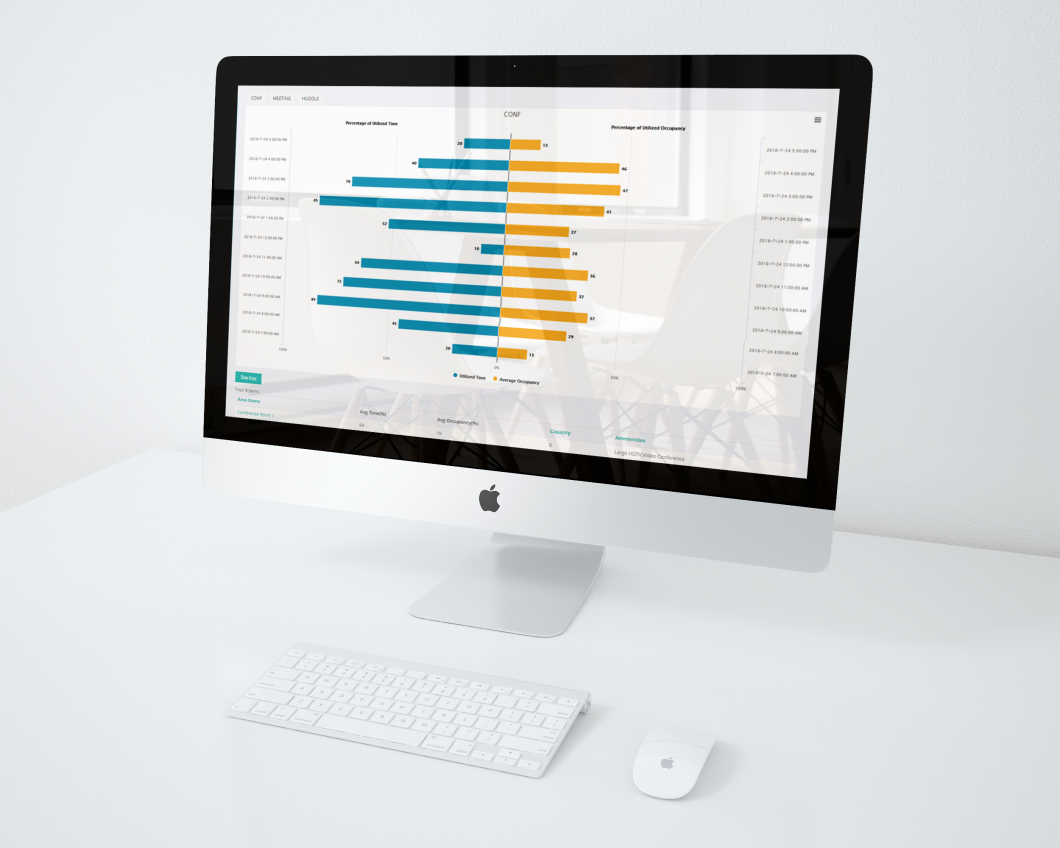
This article was originally published in CoreNet Global’s LEADER Magazine.

